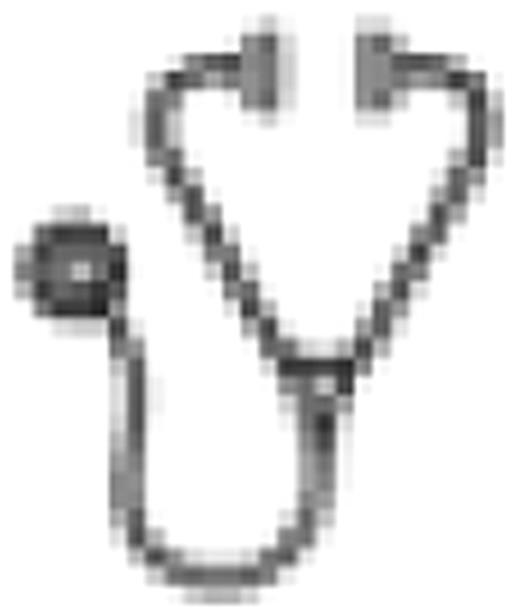Abstract
Abstract 4020
A retrospective analysis of influence of different clinical and laboratory parameters on disease outcome was performed in a cohort of 43 patients with advanced myelodysplasia (MDS)(RAEB > 10% blasts + RAEB-T according to the FAB classification) who underwent allogeneic stem cell transplantation (SCT) in our institute within past 20 years; 21 patients were transplanted with < 10% of bone marrow (BM) blasts after 1 or 2 courses of induction followed by 1 or 2 courses of consolidation chemotherapy (Group A), 22 patients were transplanted with > 10% BM blasts either prior treated with combination chemotherapy or transplanted up-front with intensified conditioning (Group B). Median survival of all transplanted patients was 35,5 months (+/− 53,9 months) with a significant difference between Group A and B (57,5+/−62,3 months v.s. 18,0 +/−36,7 months, p=0.017). Estimated 3 year and 10 year survival for all patients were 53,5% and 41,9%, respectively. Estimated 3 and 10 year survival also significantly differed between Group A and B (71,4% and 57,1% for Group A and 36,4% and 27,3% for Group B). Complete remission (CR) rate was 44,2%, 18,6% patients relapsed (14,3% in Group A and 22,7% in Group B). No difference in overall survival was observed between patients with > 10% BM blasts transplanted either after chemotherapy or up-front (median survival: 26,8+/− 41,4 v.s. 18,0+/−33,8 months, respectively, p=0.65). Univariate analysis using Kaplan-Meier curves and log-rank2 test revealed as significant variables affecting overall survival: achievement of CR (p=0.007), achievement of < 10% BM blasts prior SCT (p=0.011), SCT performed < 4 months after diagnosis (p=0.031) and absence of relapse (p=0.046). Independent variables for determining overall survival (identified by Cox regression multivariate analysis) were: SCT performed < 4 months after dg. (p=0.003,χ2= 8,798), achievement of CR (p=0.011,χ2= 6,457), and age < 50 years (p=0.044,χ2= 4,053). None independent variable determining occurrence of relapse was found. Neither the percentage of BM blasts at the time of dg. and initial transfusion dependency, nor the donor origin (related or unrelated) and number of consolidation courses affected survival.
combination chemotherapy leading to a rapid clearance of BM blasts below 10% followed by immediate SCT represented the best treatment option for younger patients with MDS with > 10% BM blasts. Patients transplanted with > 10% BM blasts at the time of conditioning had significantly inferior outcome either transplanted after previous chemotherapy or up-front with intensified conditioning. In this subset of patients, a possible benefit of addition of hypomethylating agents to the treatment schedules prior SCT should be studied. The study was supported by scientific programme MZCR 00023736.
No relevant conflicts of interest to declare.

This icon denotes a clinically relevant abstract
Author notes
Asterisk with author names denotes non-ASH members.

This feature is available to Subscribers Only
Sign In or Create an Account Close Modal